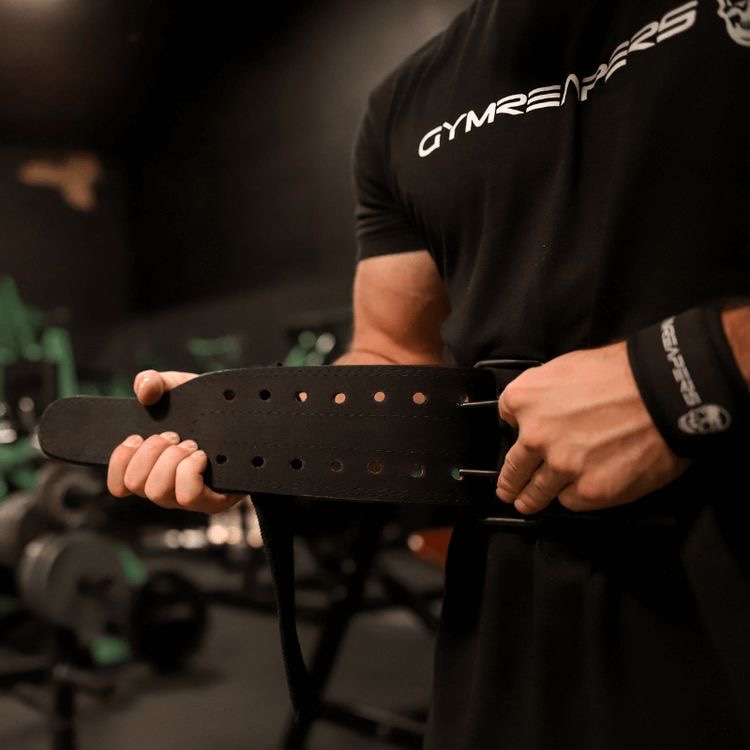In the world of strength training and weightlifting, the quest for enhanced performance and safety is a constant pursuit. Among the myriad tools and techniques available to fitness enthusiasts, the weight lift belt stands as a prominent accessory that has sparked both intrigue and debate. Whether you’re a seasoned powerlifter, a dedicated bodybuilder, or a fitness enthusiast seeking to improve your lifts, the weightlifting belt has likely crossed your radar. But what exactly does this accessory do, and how does it impact your training? This article delves into the intricacies of weightlifting belts, shedding light on their benefits, potential risks, and the science behind their role in various lifting disciplines.
Weightlifting belts have a storied history that dates back to ancient times. While today’s modern belts are often constructed from leather, neoprene, or other high-tech materials, their earliest iterations were rudimentary pieces made from animal hides or fabrics. Ancient Egyptian and Greek depictions of athletes reveal early instances of belt-like support during physical activities. However, the more recognizable weightlifting belt we know today gained prominence in the world of powerlifting and Olympic weightlifting during the 20th century.
We’re an affiliate. We hope you love the products we recommend! Just so you know, we may collect a share of sales or other compensation from the links on this page. Thank you if you use our links, we really appreciate it!
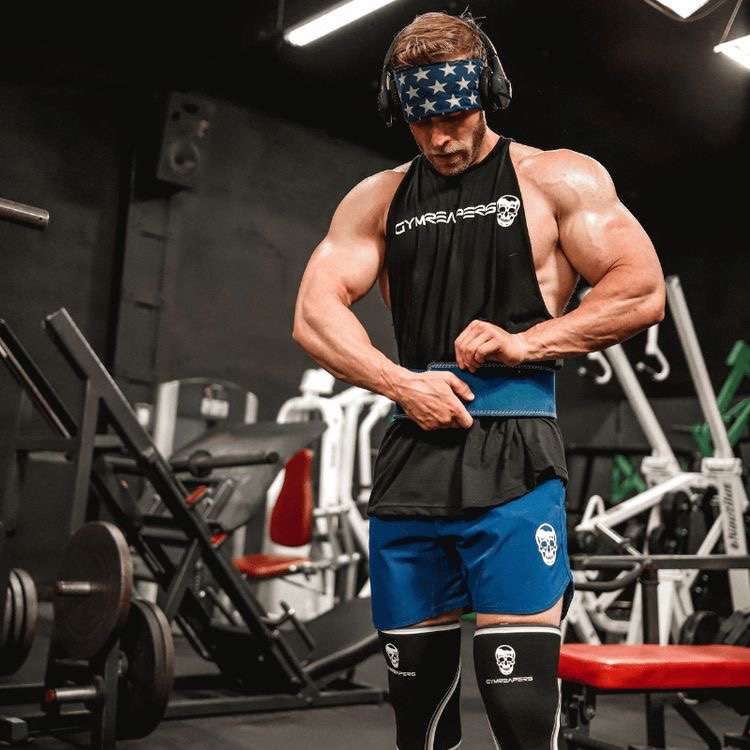
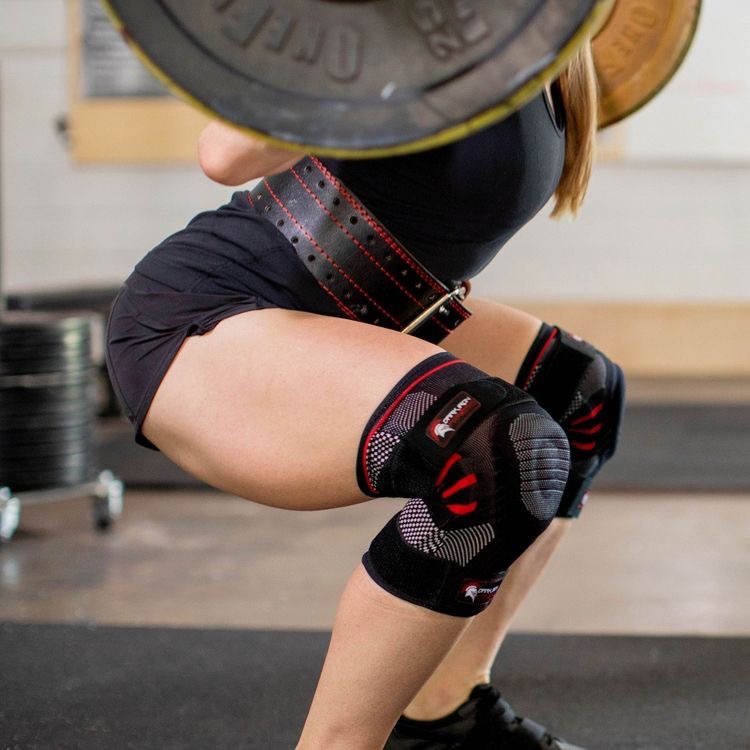
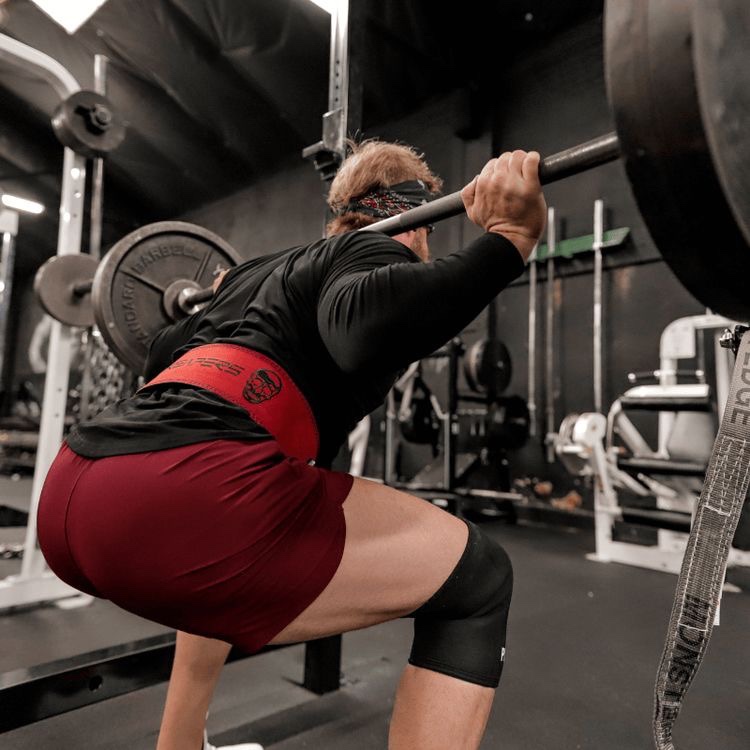
The Mechanism Behind the Weight Lift Belt: Understanding Intra-Abdominal Pressure
At the heart of the weightlifting belt’s function lies the concept of intra-abdominal pressure (IAP). This physiological phenomenon involves creating pressure within the abdominal cavity to stabilize the spine during heavy lifting. The weightlifting belt plays a crucial role in enhancing IAP, subsequently providing structural support to the lifter’s core. By wearing a weightlifting belt and executing specific breathing techniques, lifters aim to bolster their spinal stability and minimize the risk of injury, particularly during exercises that heavily engage the lower back, such as squats and deadlifts.
Benefits of the Weight Lift Belt: Enhanced Performance and Safety
Weightlifting belts offer a range of potential benefits that have made them a staple in many strength training regimens. Some of the key advantages include:
- Increased Intra-Abdominal Pressure: As mentioned, weightlifting belts help optimize IAP, which, in turn, assists in stabilizing the spine and core. This heightened stability provides a more secure foundation for performing heavy lifts.
- Reduced Risk of Injury: By promoting better posture and spinal alignment, weightlifting belts can help reduce the risk of strain or injury to the lower back. This is particularly important when handling heavy weights that put significant stress on the lumbar region.
- Improved Performance: With enhanced stability and a reduced fear of injury, lifters often find they can lift heavier weights more confidently. This can lead to improvements in overall strength gains and personal records.
- Psychological Boost: Wearing a weightlifting belt can also have a psychological impact. The sense of support and stability can boost an athlete’s confidence, allowing them to focus more on the lift itself.
- Targeted Muscle Engagement: Weightlifting belts can encourage greater activation of specific core muscles, such as the transverse abdominis and obliques. This targeted engagement can contribute to improved lifting mechanics and overall muscle development.
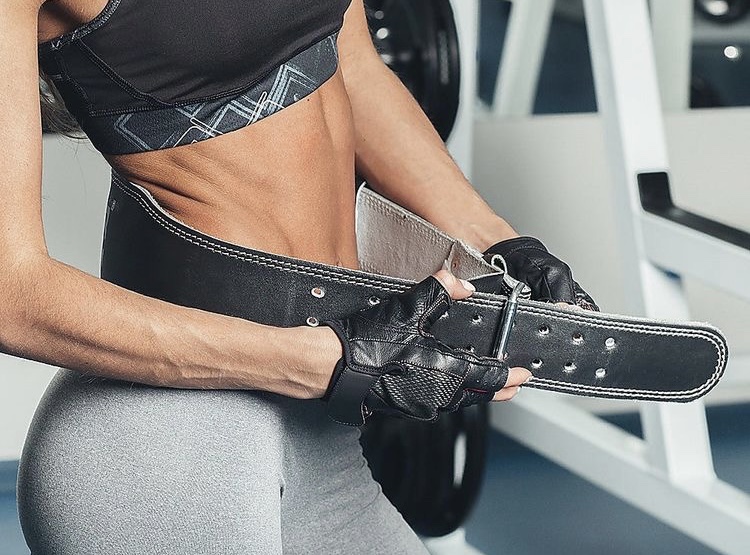
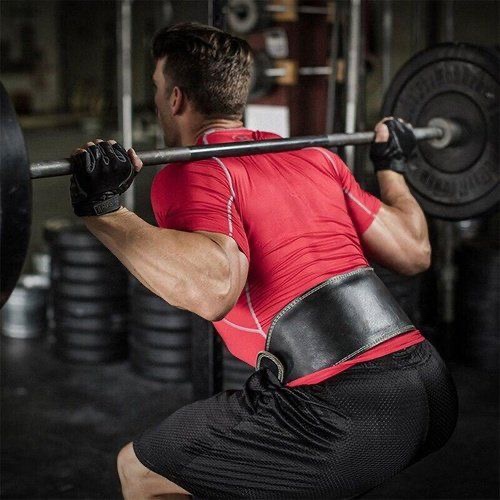
Selecting the Right Weight Lift Belt
Choosing the appropriate weightlifting belt requires careful consideration of various factors, including your lifting goals, body type, and personal preferences. Here are key factors to keep in mind:
- Belt Width: Weightlifting belts come in different widths, typically ranging from 3 to 6 inches. A wider belt offers more surface area to enhance support and stability, while a narrower belt allows for greater mobility. Consider your lifting style and comfort when deciding on the width.
- Material: Weightlifting belts are commonly made from leather, suede, or neoprene. Leather and suede belts tend to be more rigid and durable, while neoprene belts offer flexibility and comfort. Choose a material that aligns with your training needs and preferences.
- Closure System: Belts may feature various closure systems, including single prong, double prong, or lever. Each system has its advantages in terms of adjustability and ease of use. Try different closure types to find the one that suits you best.
- Fit and Sizing: Proper fit is crucial for effective belt usage. The belt should be snug but not excessively tight. Measure your waist accurately and consult sizing charts provided by manufacturers.
Here are our personal picks for weight lift belt based on all the factors we just discussed:
(Click on the photo to open the link)
Integrating the Weight Lift Belt into Your Routine
Using a weightlifting belt effectively requires proper technique and an understanding of when and how to wear it. Here are some guidelines to consider:
- Learn Proper Breathing: The valsalva maneuver, a breathing technique that involves taking a deep breath and holding it, is essential when using a weightlifting belt. This technique helps create intra-abdominal pressure, enhancing core stability during lifts.
- Use for Heavy Lifts: Reserve the use of a weightlifting belt for your heaviest sets and lifts. Relying on it for every exercise can hinder natural core development.
- Educate Yourself: Take the time to learn proper lifting form and technique before introducing a weightlifting belt. The belt should supplement, not replace, good technique.
- Warm Up Without the Belt: It’s a good practice to perform warm-up sets without the weightlifting belt to engage your core muscles and establish a mind-muscle connection.
Why Technique Comes First
- Injury Prevention: Mastering proper form is the most effective means of injury prevention. When you lift with improper technique, you increase the risk of strain, sprain, or more serious injuries. Relying solely on a weightlifting belt without focusing on form can lead to a false sense of security, potentially leading to mishaps.
- Muscle Engagement: Proper technique maximizes muscle engagement, ensuring that the targeted muscles are activated optimally throughout the lift. This is essential for achieving the desired gains in muscle strength and size.
- Long-Term Development: Developing solid lifting technique builds a foundation for long-term progress. You’ll be able to increase the weight you lift gradually, making consistent gains over time. If the foundation is weak, adding a weightlifting belt won’t address the underlying issues.
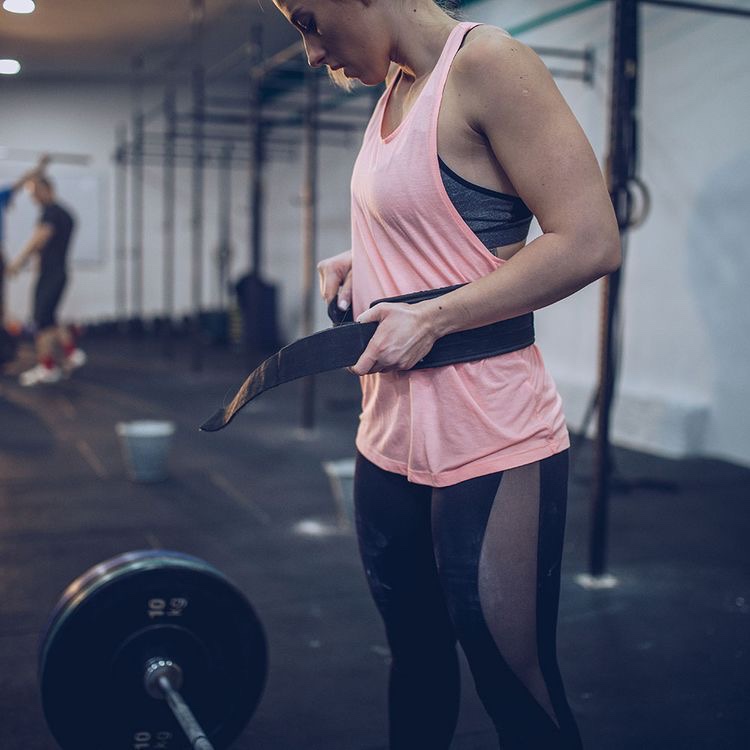

The Role of the Weight Lift Belt as a Supplement
A weightlifting belt, when used correctly, can bolster your lifting endeavors by providing enhanced stability and support. It achieves this by increasing intra-abdominal pressure, which effectively braces your core and spine. However, it’s important to emphasize that the belt’s purpose is to amplify the effects of proper technique, not to compensate for poor form.
Using the Weight Lift Belt Wisely
When you feel confident in your lifting technique and wish to introduce a weightlifting belt, do so with mindfulness:
- Start with Light Loads: Begin by using the belt during warm-up sets or with lighter loads. This allows you to acclimate to the feeling of wearing the belt and understand how it interacts with your form.
- Progress Gradually: As you become more comfortable with the belt, progressively incorporate it into heavier sets. This gradual integration ensures that you maintain focus on maintaining proper form while leveraging the belt’s benefits.
- Stay Attentive: Even when using a weightlifting belt, remain vigilant about your technique. The belt should never be a crutch that allows you to compromise form.
A weightlifting belt can amplify the benefits of this technique, but it should never replace the fundamental importance of form. Education, practice, and a balanced approach to training will enable you to harness the full potential of both proper technique and the supportive advantages of a weightlifting belt. Remember, it’s the symbiotic relationship between the two that will truly elevate your lifting experience and deliver sustainable progress.
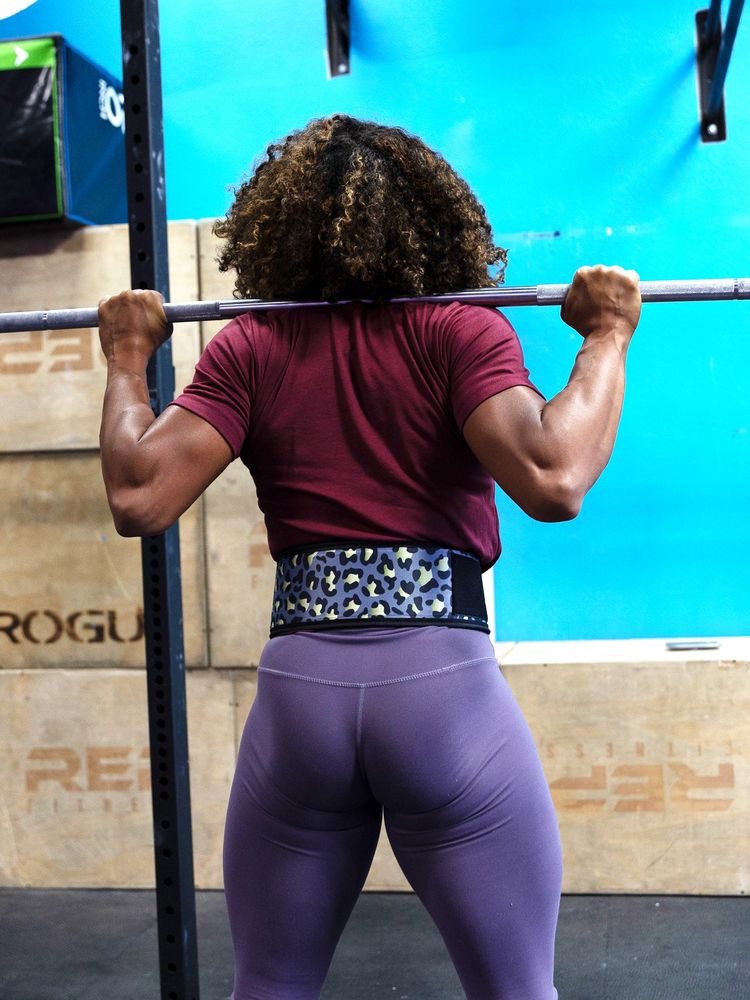
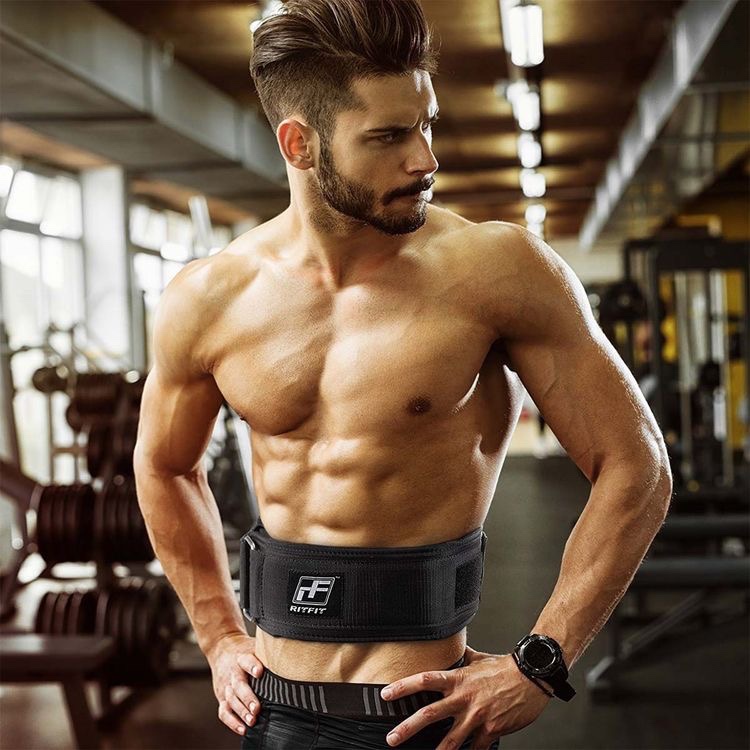
Debunking Myths and Misconceptions: Addressing Common Beliefs About the Weight Lift Belt
Weightlifting belts have been the subject of various misconceptions and myths, leading to confusion among both novice and experienced lifters. In order to have a clear understanding of the role and impact of weightlifting belts, it’s crucial to address and debunk these common misconceptions.
Myth: Weightlifting Belts Weaken the Core
One prevailing myth is that relying on weightlifting belts can weaken the core muscles over time. However, this notion lacks a strong scientific foundation. In reality, weightlifting belts work by enhancing intra-abdominal pressure, which supports the spine during heavy lifts. This doesn’t bypass the need for core engagement but rather augments it. When worn correctly, weightlifting belts encourage the lifter to brace their core against the belt, leading to increased engagement of the abdominal muscles. It’s important to remember that while the belt provides external support, it doesn’t replace the role of the internal core muscles in stabilizing the spine.
Myth: Weightlifting Belts Are Only for Advanced Lifters
Another common misconception is that weightlifting belts should only be used by advanced lifters. In truth, the decision to incorporate a weightlifting belt into your routine isn’t solely based on your lifting experience. Instead, it depends on the weight you’re lifting relative to your strength, your comfort level, and your familiarity with proper lifting techniques. Beginners can benefit from using weightlifting belts as long as they prioritize learning proper form and gradually introducing the belt as a supplemental tool.
Powerlifting:
Powerlifters focus on three primary lifts: the squat, bench press, and deadlift. These barbell exercises place significant stress on the spine and core. Weightlifting belts are commonly worn by powerlifters to enhance stability during these compound movements. The belts assist in maintaining proper spinal alignment, enabling powerlifters to lift heavier loads with reduced risk of lower back strain. In the squat, the weight is placed across the upper back, and the belt aids in bracing the core against this pressure. Similarly, during the bench press, the belt contributes to creating a stable base, especially when lifting heavy weights. Finally, in the deadlift, where the barbell is lifted from the ground, the weightlifting belt provides crucial support to the lifter’s core, allowing them to exert maximum force while minimizing the risk of injury.

